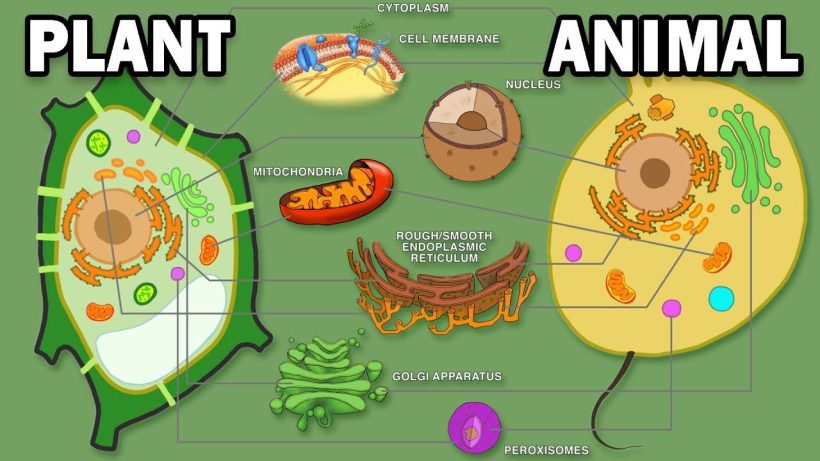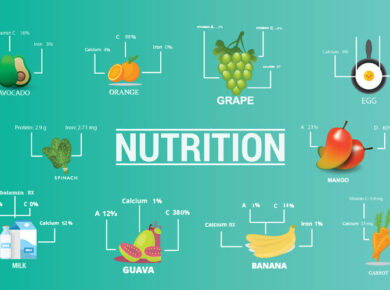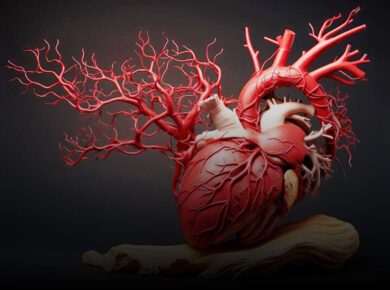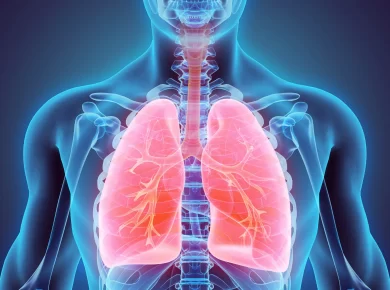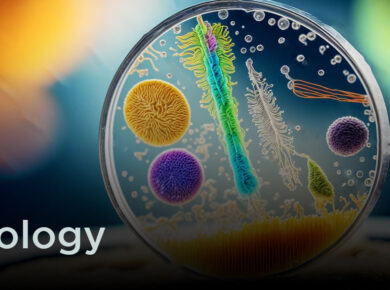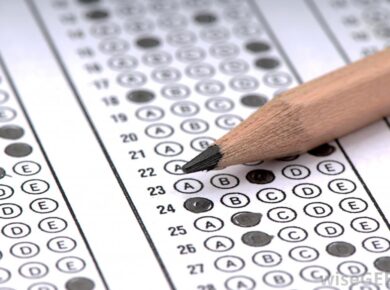DIFFERENCE BETWEEN PLANT CELL AND ANIMAL CELL
1. Cellulose cell all present around cell membrane.
2. Vacuoles are usually large.
3. Plastids present.
4. Golgi body present in the form of units known as dictyosomes.
5. centriole absent.
1. No cell xsall.
2. General vacuoles are absent present, are usually small. and if
3. Plastids absent.
4. Golgi body well developed.
5. Centriole Present
COMPONENTS OF THE CELL
The major components of the cell are (1) cell membrane, (2) cytoplasm, and (3) nucleus.
Cell Membrane (Plasma membrane) Each cell have a limiting boundary. the cell membrane, plasma membrane or plasmalemma. It is a living membrane, outermost in animal cell but next to cell wall in plant cell.
It is flexible and can fold in (as in food vacuoles cf Amoeba) or fold out (as in, the formation of pseudopodia of Amoeba)
The Plasma membrane is made of proteins and lipids and several models were proposed regarding the arrangement of proteins and lipids. The fluid mosaic model proposed by singer and Nicholson (1972) is widely accepted.
According to the fluid mosaic model,
ii) Each phospholipid molecule has two ends, and outer head hydrophilic i.e. water attracting, and the inner tail pointing centrally hydrophobic, i.e. water repelling iii) the protein molecules are arranged in two different ways:
(a) Peripheral proteins or extrinsic proteins: these proteins are present on the outer and inner surface of lipid bilayer.
(b) Integral proteins or intrinsic proteins: These proteins penetrate lipid bilayer partially or wholly.
(i) the Plasma membrane is composed of a lipid bilayer of phospholipid molecules into which a variety of globular proteins are embedded.
Functions
(i) The plasma membrane encloses the cell contents.
(ii) It provides cell shape (in animal cells) e.g. the characteristic shape of red blood cells, nerve cells, bone cells, etc
(iii) It allows transport of certain substances into and out of the cell but not all substance, so it is termed selectively permeable.
Transport of small molecules (such as glucose, amino acids, water, mineral ions etc). Small molecules can be transported across the plasma membrane by any one of the following three methods:
(i) Diffusion : molecules of substances move from their region of higher concentration to their region of lower concentration. This does not require energy. Example: absorption of glucose in a cell.
(ii) Osmosis : Movement of water molecules from the region of their higher concentration to the region of their lower concentration through a semipermeable membrane. There is no expenditure of energy in osmosis. This kind of movement is along concentration gradient.
(iii) Active Transport: When the direction of movement of a certain molecules is opposite that of diffusion i.e. from region of their lower concentration towards the region of their higher concentration, it would require an “active effort” by the cell for which energy is needed. This energy is provided by ATP (adenosine triphosphate). The active transport may also be through a carrier molecule.
